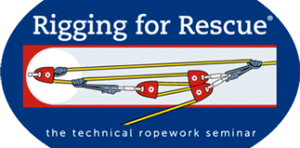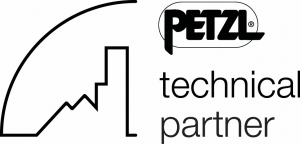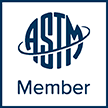Conducting rope rescue trainings in the Black Canyon of the Gunnison is always a treat. What incredible terrain! And only 1-2 hours from Ouray depending on which rim you choose to visit.
This past weekend, we did a workshop for some of the Black Canyon volunteer SAR personnel who support the ranger cadre in their rescue calls. The Black Canyon has vast terrain, but a modest amount of staffing given the scale and scope of their rescue call-outs. So the volunteer team -plus neighboring county SAR teams like Ouray Mountain Rescue -assist, when asked.
The focus of the workshop was long lowers/raises, use of artificial high directionals, knot passing techniques including change-of-direction pulleys, and scene size-up strategies for large-scale operations. The rigging at the rim level typically includes a very abbreviated work space in-line from the edge. Therefore, embracing the COD is a key to creating adequate work space for big raises. Focusing the pulley system ratchet location 30+ meters away from the edge is not uncommon. However, this brings into the mix other tricks of the trade like extending the DCD forward from that point for the initial lower – this aids in a compact start to the operation for good comms and visual of the edge transition by all operators.
The team at the Black regularly uses an artificial high directional. It doesn’t need to be carried far, as the access roads parallel the rim of the canyon on both sides of the gorge. We talked about the benefits of “both ropes high” in the AHD, under the condition that you eliminate any real possibility of toppling the device. The only way to guarantee that is to pin it to the the ground with guying lines/anchors. A properly rigged AHD remains stable under compressive forces, but changes in terrain and attendant movements can alter that stability – pinning it provides proper security, if the anchor points are readily available. Otherwise – absent easy pinning options – keep one line lower to be conservative in your AHD rigging.
The Black Canyon is a great example of specific Mission Profile parameters. Just like any rope rescue team, you should not expect to “copy/paste” your solutions from your neighbor or a research paper. Think critically and embrace the concept that each and every team has specific Mission Profile considerations unique to their terrain, personnel, and equipment.









